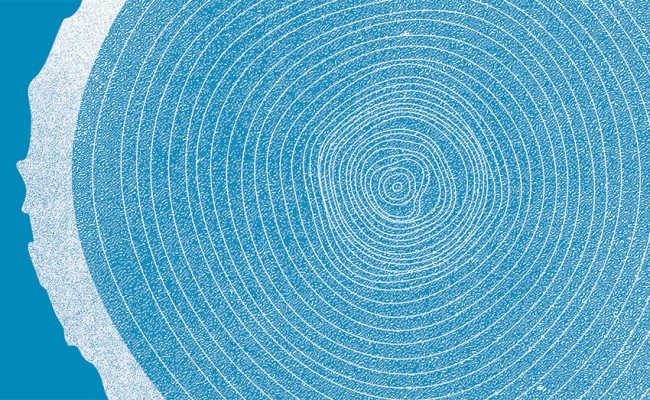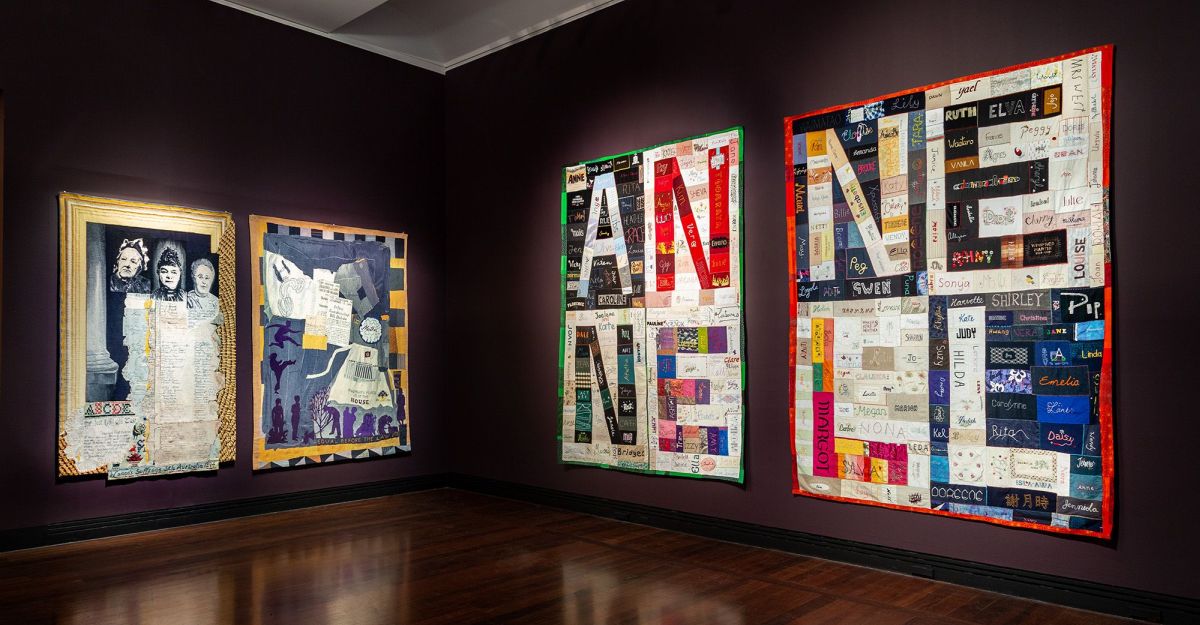To talk about the future, you have to first imagine there is one. This is a lesson learnt by some of the more intuitive among us – the fiction writer, say, who looks at the state of the world and traces the contours of a future path that is only, just now, a distant possibility. It’s a path carved from the imagination, but with both feet firmly planted in the present. Jump forward 50, 100, 1000 years, and in the writer’s imagination you will find our planet’s destruction, or maybe its future hope.
But this isn’t an essay about the future. This is an essay about a forest, one that is currently growing in Norway.
In May 2014, 1000 Norwegian spruce trees were planted in Nordmarka, a forested area north of Oslo. The spruce is a fast-growing variety of tree, and each year the evergreen saplings add another ninety centimetres. In 100 years, humans will walk through the forest and look up; craning their necks, they will guess at the height. ‘Must be a 100 metres tall,’ someone will say. Then the trees will be cut down. Which is okay – that is why artist Katie Paterson planted them. These trees are to become a series of books, which is how I would want to go, if I were a spruce tree.
They won’t become just any type of book. These are future books, largely unwritten, stored in a specially designed room at Oslo’s Deichman Library as part of an art project designed by Paterson. Each year, the Future Library Trust selects a writer to contribute a new work of literature that will remain unpublished until 2117. In the meantime, the forest is tended to and preserved; the saplings continue to grow, as does the collection of unread manuscripts in that room in Oslo. Everyone waits patiently for the 100-year deadline to pass. We wait for the trees to grow, and for the books to be written. We are also waiting for readers to be born.
‘Future Library is a living, breathing, organic artwork, unfolding over 100 years,’ Paterson says. ‘It will live and breathe through the material growth of the trees – I imagine the tree rings as chapters in a book. The unwritten words, year by year, activated, materialised. The visitor’s experience of being in the forest, changing over decades, being aware of the slow growth of the trees containing the writers’ ideas like an unseen energy.’ It’s also an exercise in continuity. A hopeful one that imagines a future that contains a reader, one who might, in reading, embody a connection to our present that we haven’t anticipated before now.
Icelandic poet, novelist and lyricist Sjón is the third writer to contribute. He follows British novelist David Mitchell, who presented a manuscript in 2016, and Canadian author Margaret Atwood, who was the first to submit her unread work in 2015. The authors are sworn to secrecy. All we know about each work is the title: Scribbler Moon (Atwood), From Me Flows What You Call Time (Mitchell). On 2 June, at an intimate ceremony in the forest, Sjón delivered his manuscript and revealed its long title: VII As My Brow Brushes on the Tunics of Angels or the Drop Tower, the Roller Coaster, the Whirling Cups and other Instruments of Worship from the Post-Industrial Age.
‘[Future Library] is, of course, an artwork, but it’s also a model for thinking and working,’ Sjón commented in a recent interview. The project imagines a different relationship to the future, one that is put into practice in the present through a sustainable model of preparation. This premise could be applied to many areas of our lives, most poignantly, through its ecological connection, to climate change and our responsibility to future generations. The project’s sustainable philosophy is one where we work and create for someone else, not ourselves, so that the act of preparation becomes one of preservation.
The project also enacts an intimate connection to nature: Future Library is, at its heart, an exercise in sustainable forestry. But a forest is not solely valuable as a resource for timber or paper. It’s a place where humans visit, where we walk, think, connect. A place other animals make their home. The cultivation of trees that will grow for 100 years takes pleasure from this process of slow growth. We get to enjoy it in the meantime and to leave something worthwhile behind that will continue to be enjoyed after we have gone. All that is required is careful planning, an ability to keep secrets and no small degree of patience.
The project reminds me of Søren Kierkegaard’s view of life: ‘Life can only be understood backwards; but it must be lived forwards.’ This model of working and thinking recognises the cyclical shape of human and ecological time, and how it rests heavily on our planet’s material resources, and then connects this in a meaningful way to our cultural output as humans. Imagine if every project was given 100 years to evolve in this sustainable way. What would it look like if we could grow each resource in preparation for its future use, rather than push quickly for immediate gratification or profit?
If we could change our relationship to time, we could design our world to the benefit of generations to come and participate in the meaningful process of this slow exercise as artists and cultivators today.
To talk about the future, we first have to imagine there is one – but we also have to live it forward.
Read the rest of Overland 229
If you enjoyed this essay, buy the issue




